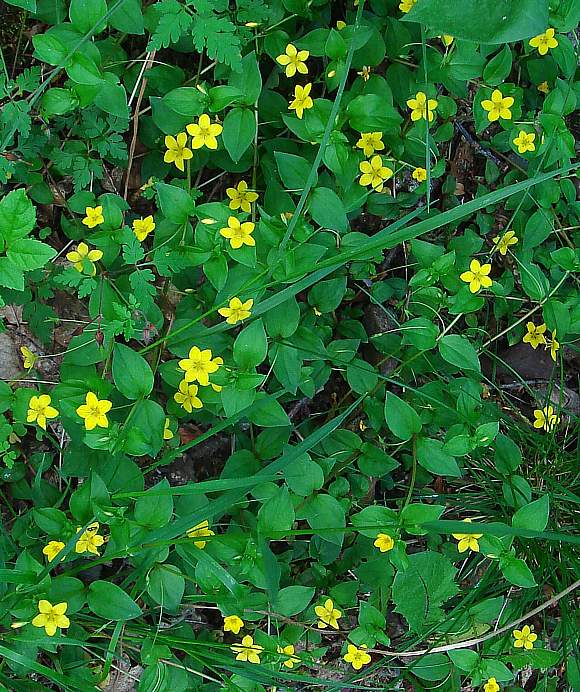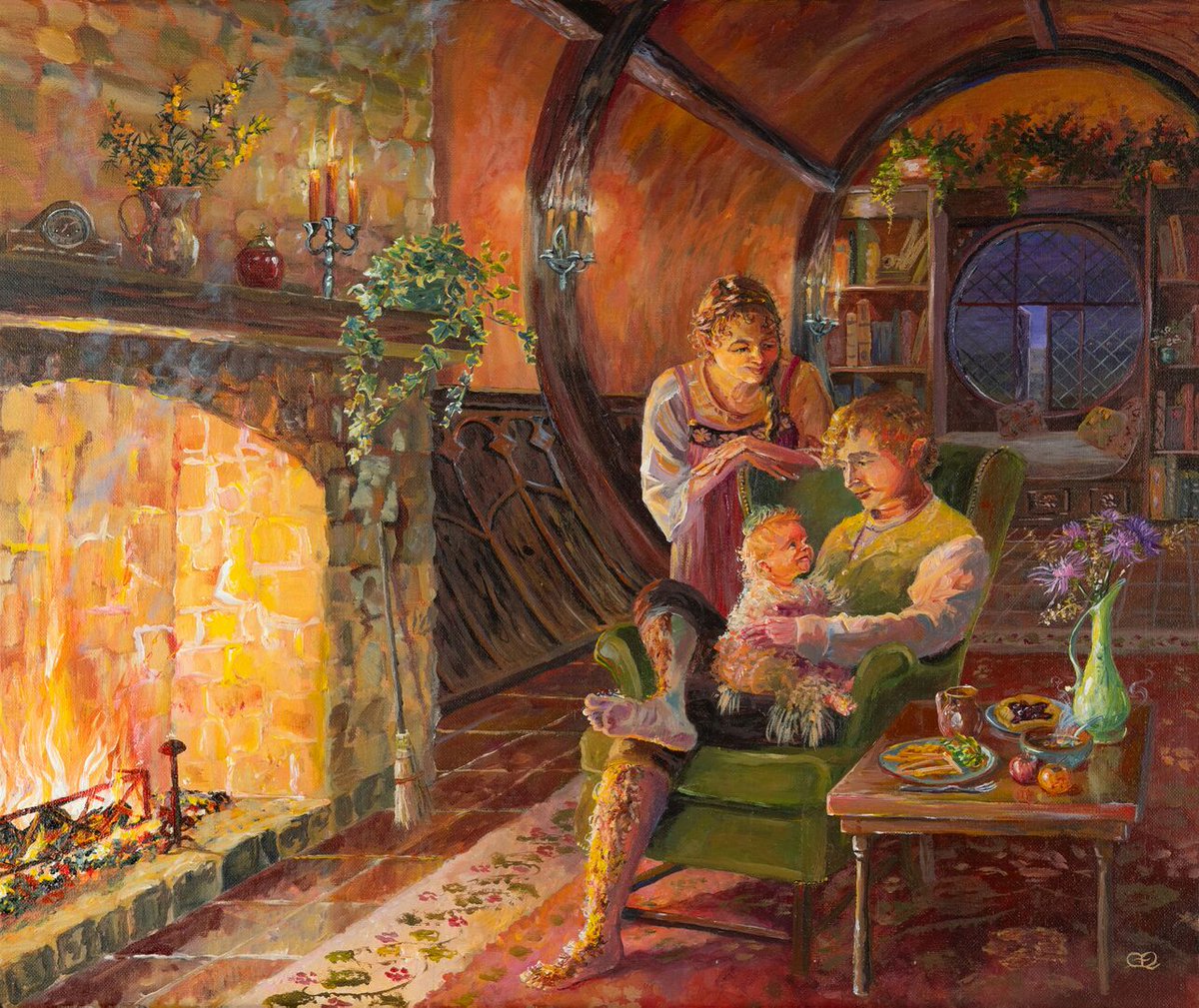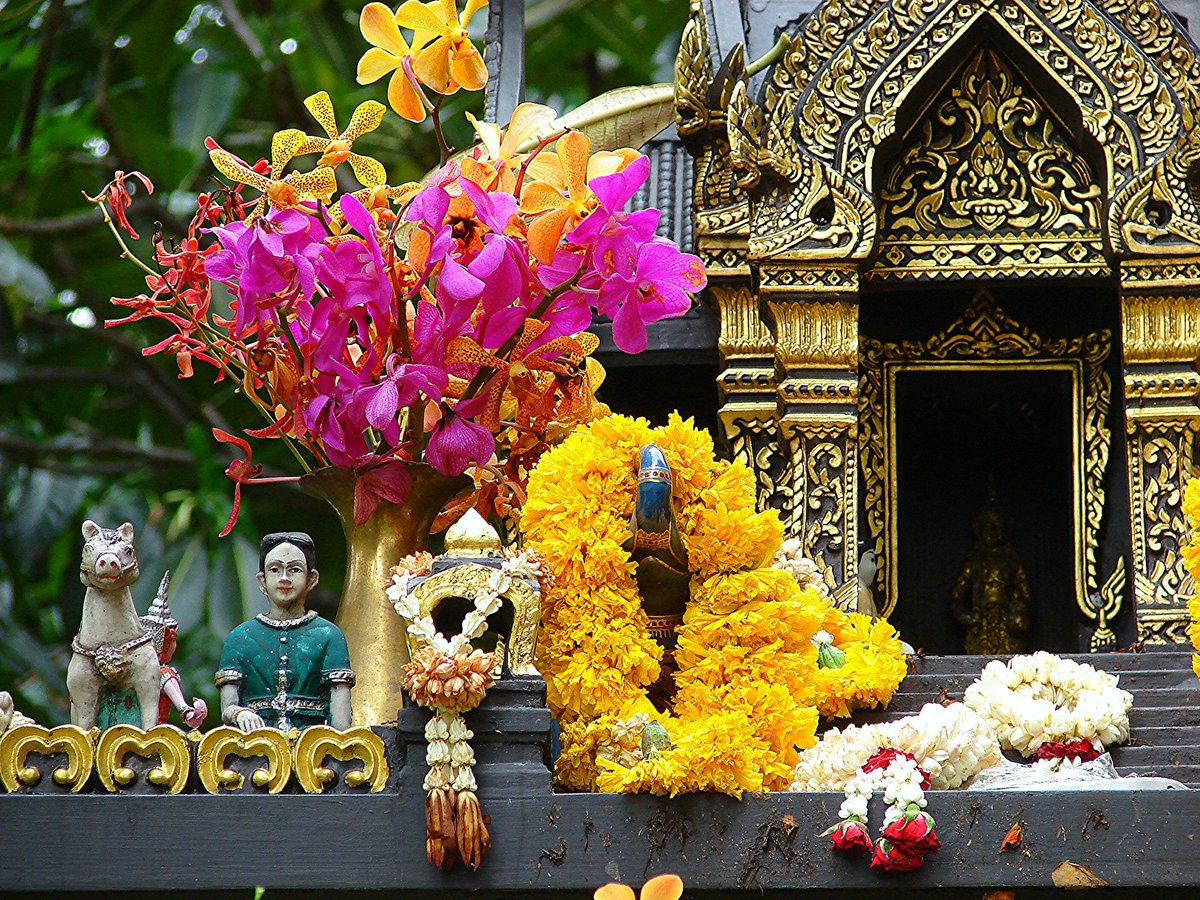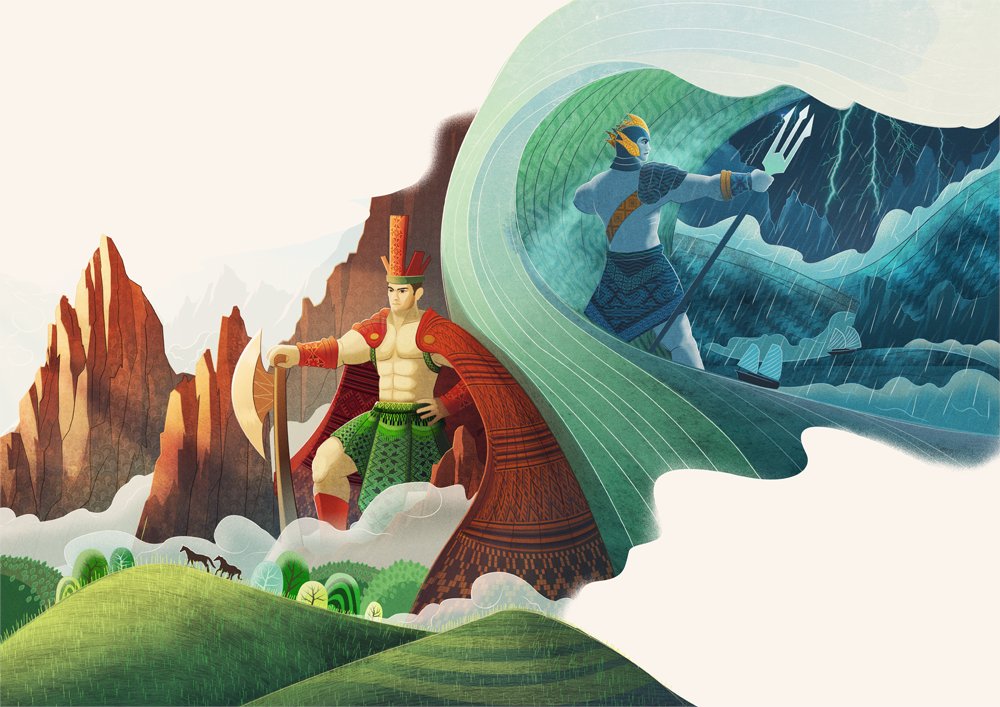Golden, star-shaped flowers of elanor grew in Tol Eressëa and the forest of Lothlórien, strewn on the mound of Cerin Amroth. In #LOTR , these humble yet bright flowers were associated with brilliant and fair memories. 1/6
A 🧵for #TolkienTrewsday #TolkienTuesday #Tolkien
A 🧵for #TolkienTrewsday #TolkienTuesday #Tolkien

In a letter to Amy Ronald (16 November 1969), Tolkien described elanor as "a pimpernel (perhaps a little enlarged) growing sun-golden and star-silver ones on the same plant". The multitude of these flowers do give visual impression like golden stars on the ground. 2/6 

Elanor evokes memories of the brilliant past, shared between the Elves and the Númenoreans. When the Elves graced the wedding between Erendis and Aldarion the Mariner, the sixth king of Númenor, they came with ships laden with flowers, and wore elanor crowns during the feast. 3/6
Elanor in Lothlórien was connected to memories. Frodo saw Aragorn standing at the hill's foot holding an elanor bloom, "wrapped in some fair memory". Galadriel's Song of Eldamar mentioned elanor in the fading crown, hinting at the fading of the Elven realm. 4/6
🎨: Ulla Thynell
🎨: Ulla Thynell

When the era of the Elves faded, so did elanor. After Aragorn's death and the fading of Lothlórien, Arwen laid herself upon the mound of Cerin Amroth. There was her green grave, until the world was changed and fair elanor and niphredil bloomed no more there. 5/6
🎨: Jenny Dolfen
🎨: Jenny Dolfen

Sam, who loved his garden and plants, decided to name his first child Elanor upon Frodo's suggestion. In a way, he kept the memory of the flowers alive, combining the beauty of the Elven realm and Hobbit's tradition of naming their children after flowers. 6/6
🎨: Miriam Ellis
🎨: Miriam Ellis

• • •
Missing some Tweet in this thread? You can try to
force a refresh

 Read on Twitter
Read on Twitter





















